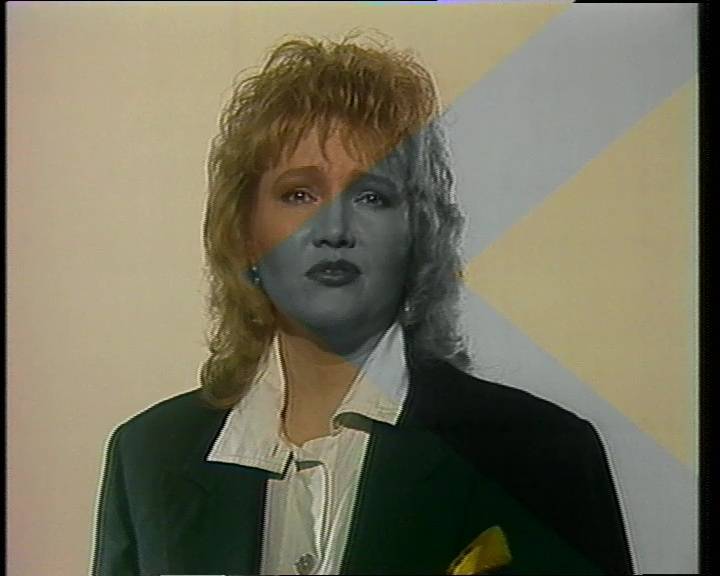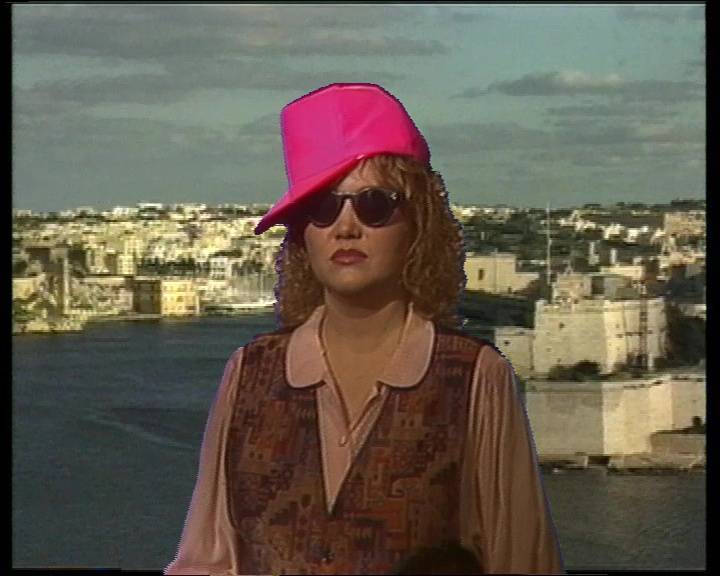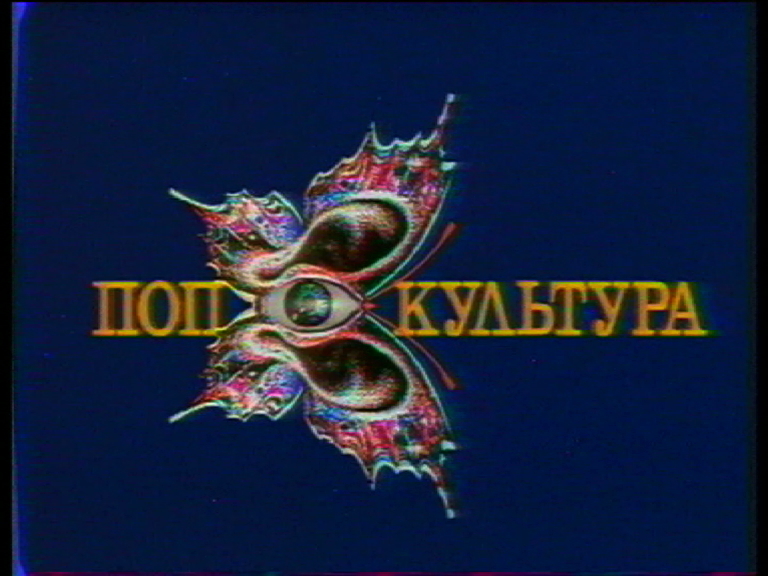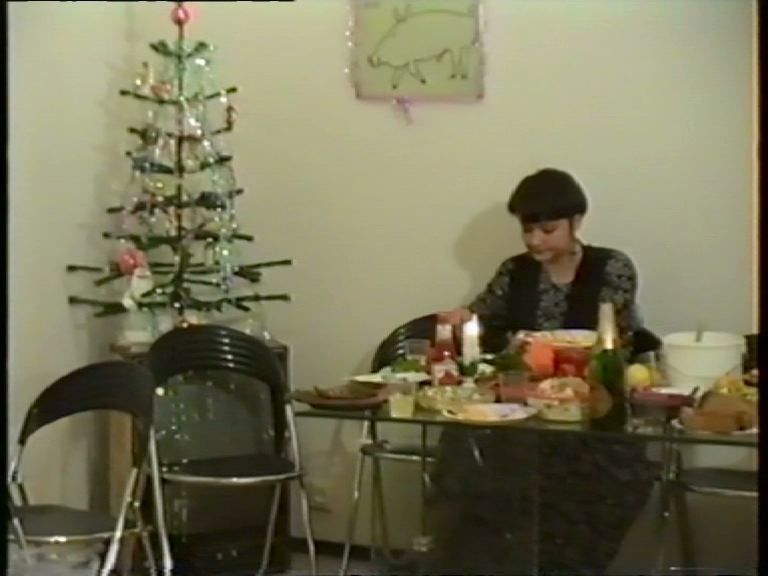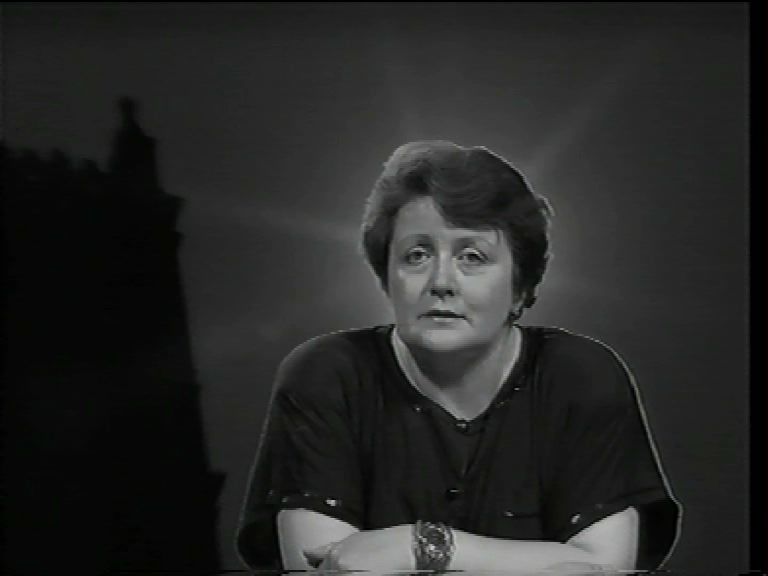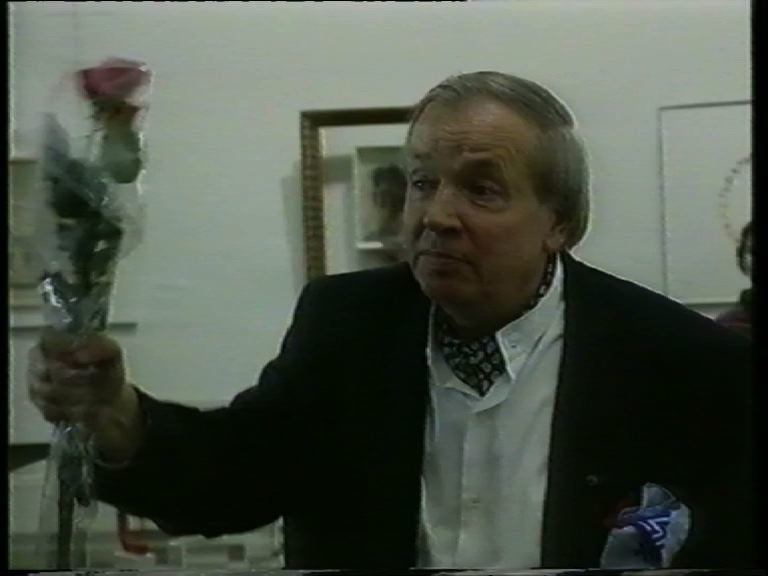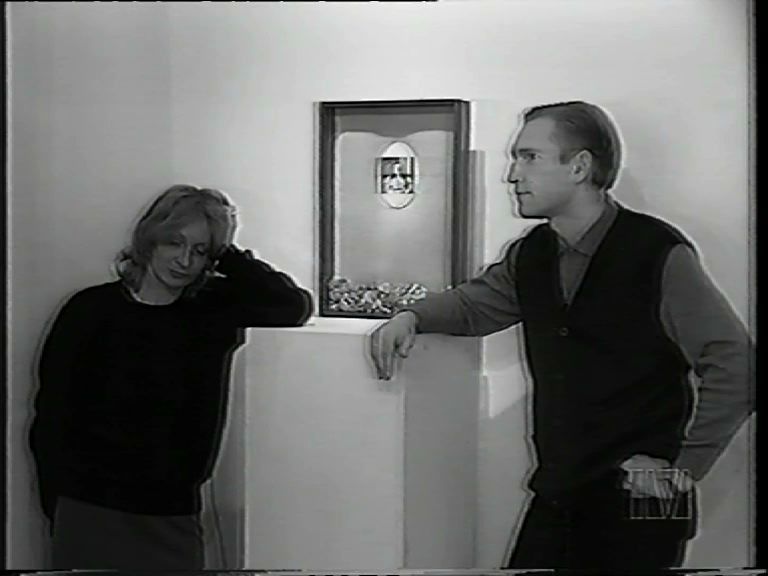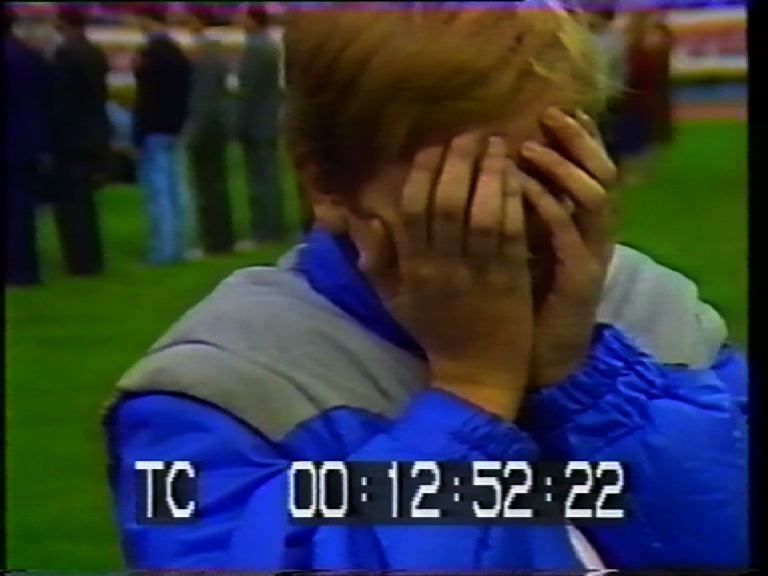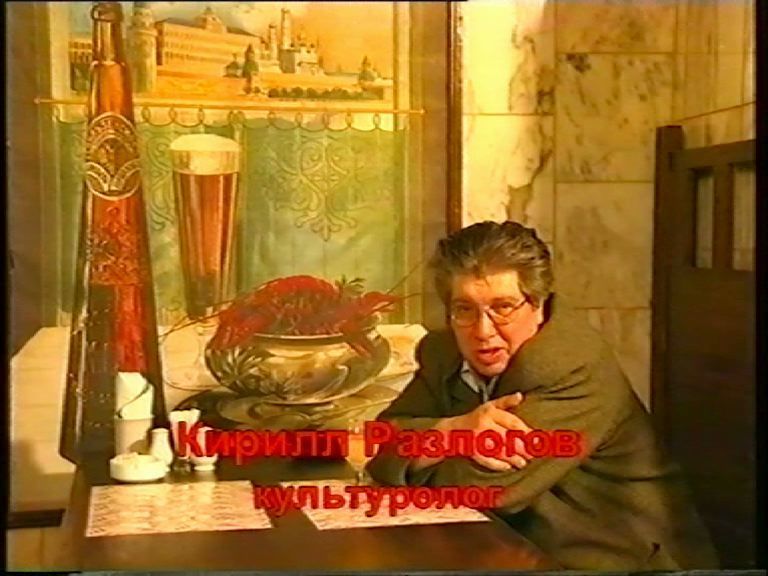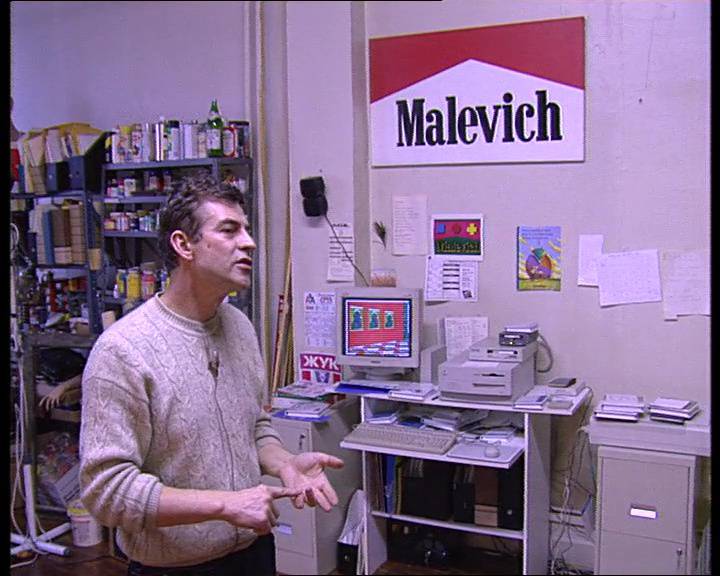Freeing from strict governmental control, the removal of the monopoly on the use of particular frequencies, and commercialization were among the key factors in the development of television in the 1990s. Numerous private TV companies emerged that were funded through advertising.[1] The absence of a clear legal framework meant that unlicensed programs and films[2] emerged on a number of channels. The most popular shows that changed the Russian audience’s idea of what television could be included MuzOboz[3](1991–2000, 1st Channel, 2x2, ORT, TV-6), Kukly[4](1994–2002, NTV), and Chas pik[5] (1994–1998, 1st Channel, ORT, RTR, TV-6, Channel Five, MTK).
Independent TV shows on contemporary culture that emerged at the time included some very experimental ones, such as Nina Zaretskaya’s Shok-shou (1990–1991) and Bessonitsa (1993–1995), Vladimir Epifantsev’s Dryoma (1997–1998, TV-6) and his Dekonstructor section of the TV show Disk-kanal (1996–2001, TV-6), Tatyana Didenko’s Tishina No. 9 (1991–1993, RTR), and Andrey Borisov’s Ekzotika (1991–1996, RTR).
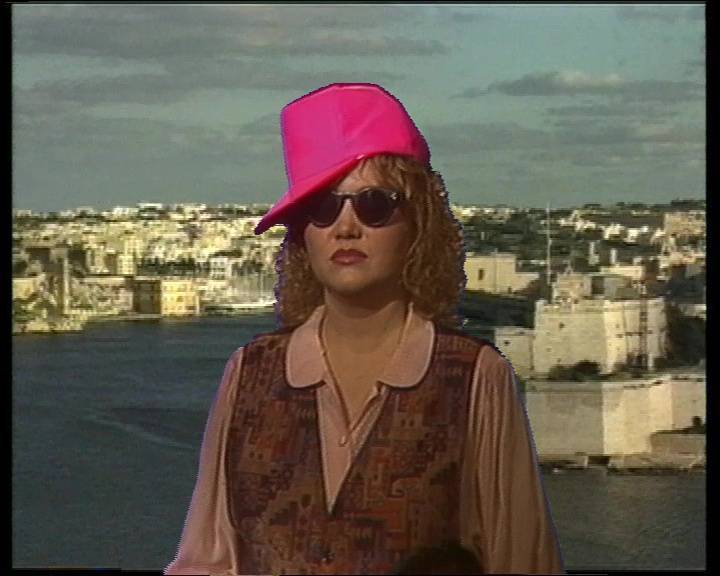
Independent TV shows on contemporary art (like many video art works made in the 1990s) had a particular montage aesthetic that featured low-fi effects and simple computer graphics (reflecting the development of technology at the time). In many cases, however, the shows appeared shocking simply due to the provocative nature of the contemporary art works they featured.
Perhaps, the new spirit of freedom was best reflected on Vladimir Epifantsev’s show Dryoma. Along with showing and discussing music videos, Dryoma included surrealist live-action episodes and conversations on the most unexpected topics accompanied by visuals with erotic and BDSM elements. “As I was not a professional,” Vladimir Epifantsev recalled later, “my imitation of western craziness turned out to be a very aestheticized kind of craziness that mocked traditional television. We also had very little money, so I often had to shoot things myself, without a cameraman, let alone hairdressers and costume designers. Sometimes, the presenters wore nothing but underpants and dirty t-shirts. So, there was this punk element, but we also had aesthetic ambitions, wrote complicated scripts, quoted philosophers and poets. The audience probably didn’t get it. They must have thought we were just some dudes who got high and somehow made it onto television by accident.”[6]
The Nina Zaretskaya archive (TV Gallery Media Art Center) in Garage Media Archive contains media versions and broadcast copies of several Russian TV shows of the 1990s and 2000s. Television coverage of contemporary art and art projects by people involved in making TV shows form two core parts of the TV Gallery video archive. Programs and reports about contemporary art can be found on the shows Portrety khudozhnikov, TVGallery, Shok-shou, Bessonitsa, Ot kinoavangarda k videoartu, and Tishina No. 9 that are available in the archive. Notable TV projects by contemporary artists include Pirate Television by Yuris Lesnik, Timur Novikov ,and Vladislav Mamyshev-Monroe and video works by Gia Rigvava (Official Statement, You Can Rely on Me), in which the artists used the formats of a TV quiz show, reporting, interviews, and the televised address. Another group of artists who worked with the language of televesion were the Studio of Egocentric Peculiarities, formed around Vadim Koshkin. The Studio’s project The System of Our Own Television was shown live on the TV show A.[7]

In 2002, the channel TV-6 ceased to exist, and in 2003 the team that founded NTV left the channel. Around this time, the experimental element on television diminished and it gradually became more controlled. The Internet was a new media space that offered a different level of freedom (the first festival of Internet-based art projects, Da-Da-Net, took place as early as 1998, and its documentation can be found in the Art Projects Foundation archive in Garage Archive Collection).
The project Independent TV Shows on Art. Nina Zaretskaya Archive (TV Gallery Art Media Center) was developed for The World Gone By computer class at Garage.
1. N.A. Golyadkin, Kratkii ocherk stanovleniia i razvitiia otechestvennogo i zarubezhnogo televideniia (Moscow: Izdatelstvo Instituta povyshenia kvalifikatsii rabotnikov televideniia i radioveshchaniia, 2001) , 55.
2. I. Zinin and A. Gorbachev, Pesni v pustotu. Poteriannoe pokolenie russkogo roka 90-kh (Moscow: AST, 2014), 151.
3. MuzOboz was a TV show by Ivan Demidov that covered the Russian and wstern music scenes and was shown on several channels under different names from 1991 to 2000.
4. Kukly was a satirical political puppet show by Vasily Grigoryev that was aired on NTV from 1994 to 2002.
5. Chas pik was a TV interview show based on America’s Larry King Live (1985–2010). The program was aired live from 1994 to 1998 and hosted by Vladislav Listyev.
6. Zinin and Gorbachev, op. cit., 153.
7. A. Isaev, “Videoart i al’ternativnoe televeshchanie” in Antologiia rossiskogo videoarta (Moscow: MediaArtLab, 2002), 55.
